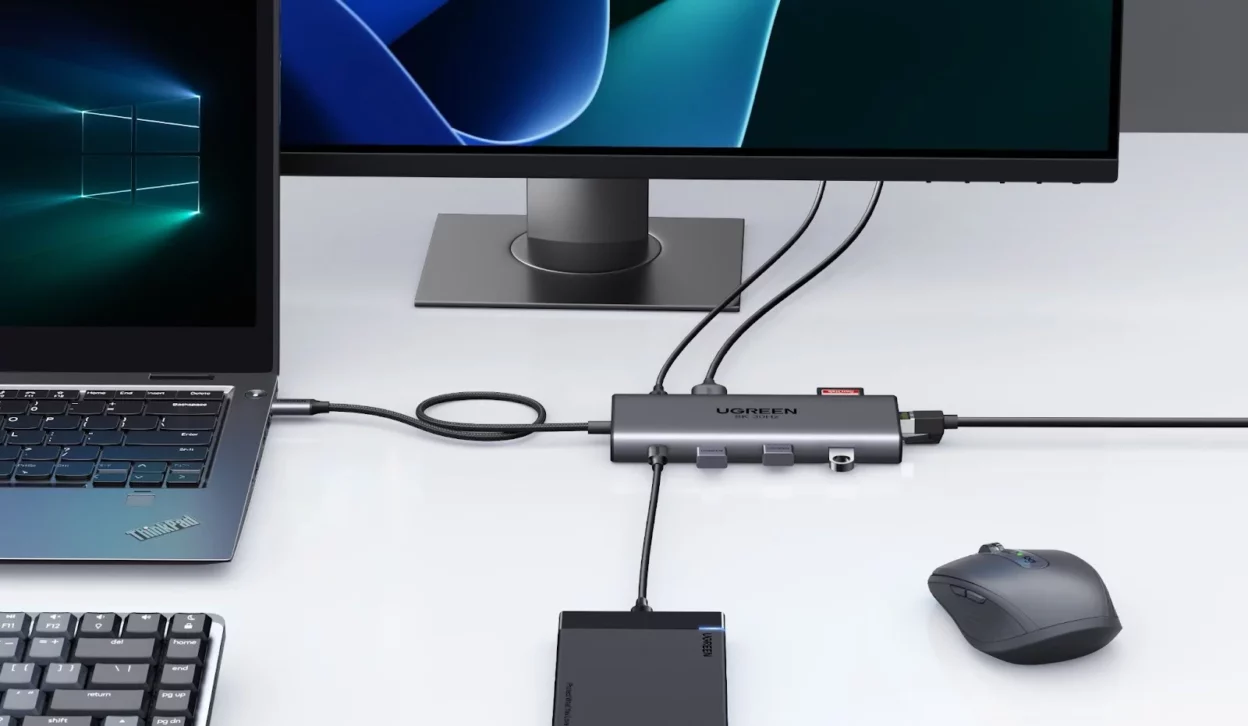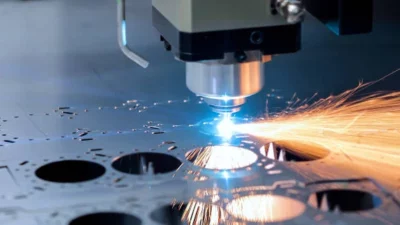The rise of remote work and hybrid office setups has significantly changed how we interact with our workstations. What once required just a laptop and a charger has evolved into complex environments filled with webcams, external monitors, hard drives, and audio gear. Many users initially turned to a USB hub to connect everything—but as needs grow, that once-simple device begins to show its limits.
The difference between a standard USB hub and a full-featured docking station has never been more important. From insufficient ports and slow transfer speeds to power delivery issues and unreliable connections, there are clear signs that your workspace might need an upgrade. Below are five unmistakable signals that your current setup is holding you back.
Sign 1: You’re Constantly Swapping Devices Due to Port Limitations
If you’re regularly unplugging one device to make room for another, you’ve already outgrown your USB hub. Even with 4–7 ports, most USB hubs can’t keep up with the needs of a modern workspace. A mouse and keyboard already consume two ports. Add in your phone, wireless earbuds, webcam, external hard drive, and a printer—and you’re quickly over capacity.
Recent surveys suggest the average remote or hybrid worker needs access to 12–16 ports daily. When you find yourself swapping devices five or more times a day, it’s a sign you need something more robust. A docking station not only offers 15–20+ ports but also organises them by function—USB-A, USB-C, HDMI, Ethernet, audio, and more.
Beyond convenience, this upgrade improves productivity. By eliminating repetitive plug-and-unplug routines, you reduce distractions and streamline your workflow.
Sign 2: Slow Data Transfer Is Slowing You Down
A simple USB hub may claim to support data transfer, but many are still limited to USB 2.0 speeds—just 480Mbps. That’s painfully slow when dealing with large files. Transferring a 1GB video file takes over 40 seconds on USB 2.0. On USB 3.2, that time drops to under 10 seconds.
For professionals working with high-resolution media, this becomes a major bottleneck:
- Designers struggle with RAW image imports.
- Video editors face lag when previewing or rendering 4K content.
- Data analysts lose time waiting for datasets to load.
By contrast, a modern docking station with USB 3.2 Gen 2 or even Thunderbolt 4 (up to 40Gbps) provides dedicated high-speed channels. Unlike USB hubs that split bandwidth across ports, docking stations use separate lanes—ensuring faster, uninterrupted data transmission for each device.
Sign 3: You Can’t Properly Extend to Multiple Displays
A key limitation of many USB hubs is the lack of support for multiple external monitors. Even when they do, they often max out at low resolutions or refresh rates—limiting productivity for users who rely on screen space.
Dual, triple, and even quad-screen setups are becoming standard in roles like:
- Developers who need to view code, documentation, and debug windows simultaneously.
- Financial professionals who monitor live charts across several markets.
- Designers who require high refresh rates and colour accuracy on 4K displays.
If your hub can’t support more than one external monitor, or only outputs at 1080p, your setup may be limiting your potential. A proper docking station offers:
- Support for 2–4 4K displays
- Ports like HDMI 2.1, DisplayPort 1.4, or USB-C with DisplayPort Alt Mode
- Refresh rates of 60Hz to 144Hz, depending on your display needs
Upgrading your display output isn’t just about aesthetics—it can improve productivity by up to 30%.
Sign 4: Your Devices Keep Disconnecting Due to Power Constraints
One of the most frustrating issues with entry-level USB hubs is power inconsistency. When too many devices are plugged in, peripherals randomly disconnect or slow down. That’s because most USB hubs offer limited power—usually no more than 15W total, often divided into 2–3W per port.
Let’s break it down:
- A mechanical hard drive may require 5W
- An RGB keyboard can use 8W
- A webcam or microphone may draw 3W
That’s already more than a typical USB hub can handle, and we haven’t included laptop charging. Modern laptops often require 65W to 100W via USB-C Power Delivery.
Docking stations, on the other hand, offer power delivery up to 180W total. They can:
- Charge a laptop at full speed (up to 100W PD)
- Power multiple peripherals simultaneously
- Dynamically distribute power where needed
- Offer built-in safety features like overcurrent, overvoltage, and thermal protection
If your devices are unstable or charge painfully slowly, it’s likely time to replace your USB hub with a docking station designed for power-hungry environments.
Sign 5: Your System Stability Is Being Compromised
Random device disconnects. Cameras dropping out during calls. Screen flicker during presentations. These are all signs of instability—and they’re often caused by cheap or overloaded USB hubs.
Unlike docking stations, most USB hubs don’t include active cooling, proper shielding, or dedicated chipsets to manage traffic. Over time, this leads to:
- Port degradation
- Driver conflicts
- System slowdowns or crashes
In a professional setting, these issues can be disastrous. A docking station, especially a business-grade model, is engineered with stability in mind:
- Independent chipsets for different functions (audio, video, data)
- Active cooling systems to prevent thermal throttling
- Strong physical connectors and robust housing
- Compatibility with multiple operating systems and enterprise devices
Investing in reliability pays off—especially when your work depends on uninterrupted performance.
Choosing the Right Upgrade: A Practical Guide
Not every user needs a high-end docking station. Here’s how to decide what’s right for you:
- Light users (fewer than 10 devices): An upgraded USB hub with USB 3.0 or higher may suffice.
- Moderate users (10–15 devices): Consider an entry-level docking station with extended display and power delivery support.
- Heavy users (15+ devices): Go for a professional-grade docking station with full port selection, multiple monitor support, and high-wattage power delivery.
Planning tips:
- Port mix: Count how many USB-A, USB-C, HDMI, Ethernet, and audio ports you need.
- Power budget: Add up the power demands of all your connected devices and leave a 20% buffer.
- Display specs: Know your monitor’s resolution and refresh rate requirements.
When comparing options, remember that commercial-grade docking stations often deliver better long-term value in terms of reliability and support, while consumer-grade models may offer a better price-performance balance.
Conclusion: Upgrade for Efficiency, Not Just Convenience
If you’re encountering three or more of the above issues, your current USB hub setup may be hindering your productivity. Transitioning to a docking station is not about overconsumption—it’s an investment in a more stable, efficient, and future-proof workspace.
Choose based on need, not hype. Audit your current devices, track how often you’re swapping connections, and calculate your time lost to inefficiencies. With the right upgrade, your expansion gear can serve you for five years or more, making it a solid return on investment for any modern professional.

Lexy Summer is a talented writer with a deep passion for the art of language and storytelling. With a background in editing and content creation, Lexy has honed her skills in crafting clear, engaging, and grammatically flawless writing.



